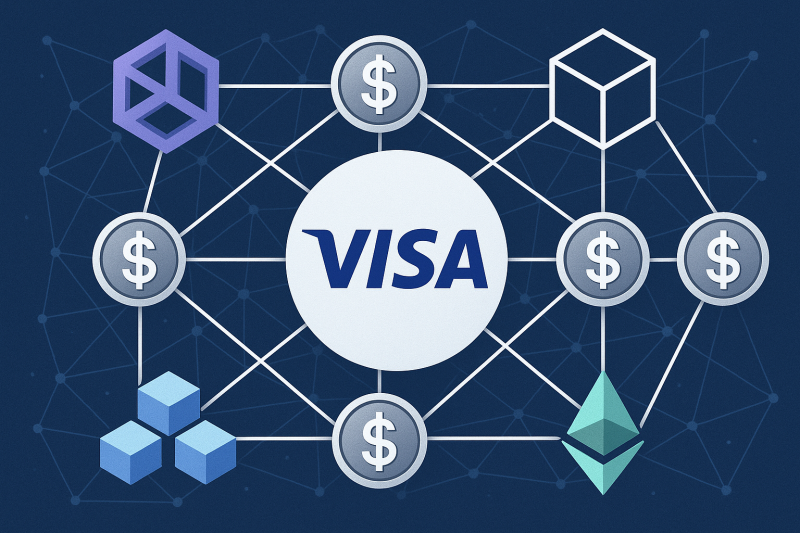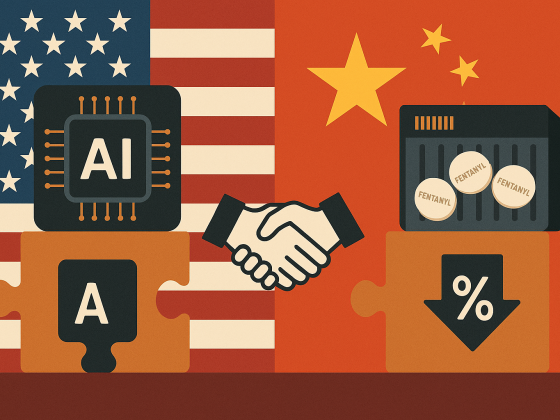Visa is deepening its push into digital currencies by expanding support for stablecoins across four new blockchains.
The move marks a significant expansion of the global payments leader’s crypto infrastructure, as demand for blockchain-based settlements surges among banks and financial institutions.
The company confirmed the rollout during its fourth-quarter and year-end earnings call on Tuesday, with CEO Ryan McInerney highlighting that Visa now supports four stablecoins across four distinct networks.
These tokens represent two major fiat currencies that can be converted into more than 25 traditional currencies worldwide.
The update reflects Visa’s growing interest in bridging traditional finance with blockchain systems after reporting substantial transaction growth in its stablecoin-linked services over the past financial year.
Stablecoin transactions surpass $2.5 billion monthly
Visa’s stablecoin-linked card spending rose sharply, recording a fourfold increase in global consumer transactions over the last quarter compared to the same period in 2023.
According to McInerney, Visa’s monthly stablecoin volume now exceeds an annualised run rate of $2.5 billion, underscoring the growing adoption of tokenised payment systems.
Since 2020, the company has facilitated over $140 billion in combined crypto and stablecoin transaction flows.
Visa currently supports several major stablecoins, including Circle’s USD Coin (USDC) and Euro Coin (EURC), PayPal USD (PYUSD), and Global Dollar (USDG).
These operate across networks such as Ethereum, Solana, Stellar, and Avalanche, which enable faster and more cost-effective transactions than traditional cross-border systems.
Visa deepens partnerships with banks and fintechs
The company’s next phase of growth centres on embedding stablecoin functionality directly into banking systems.
Through Visa Direct, a pilot program launched in late September, financial institutions can now pre-fund cross-border transfers using USDC and EURC.
McInerney noted that Visa is expanding capabilities through its tokenised asset platform, which allows banks to mint and burn their own stablecoins.
This functionality is expected to streamline cross-border settlements and enable faster, cheaper money movement.
By combining stablecoin settlements with existing payment rails, Visa aims to provide banks and fintech partners with tools to process transactions more efficiently while maintaining compliance with regulatory standards.
Bridging traditional finance and blockchain
Visa’s continued expansion highlights a broader trend in the global payments landscape — the integration of blockchain infrastructure into legacy financial systems.
Stablecoins, which are pegged to fiat currencies, have become central to this shift due to their transparency, programmability, and real-time settlement capability.
As Visa scales its blockchain operations, the firm is investing in solution layers designed to enhance its crypto settlement platform.
This includes new APIs and infrastructure that allow institutions to issue, redeem, and transfer tokenised assets directly through Visa’s network.
The expansion places Visa among the few global payment providers actively bridging blockchain and traditional banking systems, positioning it as a leading player in the evolving digital payments ecosystem.
The post Visa expands stablecoin network across four blockchains appeared first on Invezz


